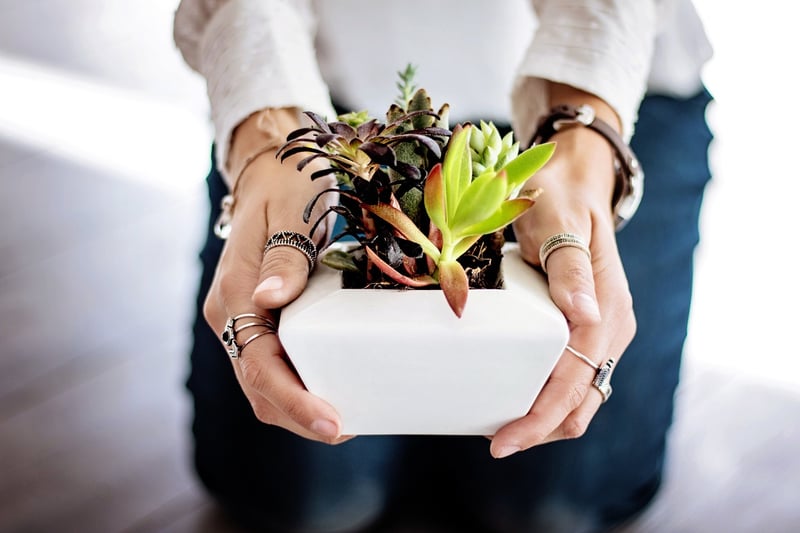Indoor Plant Care
Tips and Advice for Plant Care
Introduction
Plants not only add beauty to our surroundings but also contribute to a healthier environment. Whether you are a seasoned plant enthusiast or a beginner, proper plant care is essential to ensure your green companions thrive. Here are some tips and advice to help you care for your plants effectively.
1. Watering
Watering is crucial for plant health, but overwatering can be detrimental. Make sure to water your plants according to their specific needs. Some plants prefer moist soil, while others require drier conditions. Always check the soil moisture level before watering.
2. Light
Light is essential for photosynthesis, the process through which plants produce energy. Different plants have varying light requirements. Place sun-loving plants in bright, direct sunlight, while shade-loving plants thrive in indirect light. Rotate your plants periodically to ensure even growth.
3. Temperature and Humidity
Plants have specific temperature and humidity preferences. Keep your plants away from drafts, heaters, or air conditioning units that can cause temperature fluctuations. Increase humidity levels for tropical plants by misting them regularly or using a humidifier.
4. Soil and Fertilization
Use well-draining soil to prevent root rot and ensure proper aeration. Consider repotting your plants when they outgrow their containers. Fertilize your plants sparingly during the growing season to provide essential nutrients for healthy growth.
5. Pruning and Maintenance
Regular pruning helps maintain the shape and health of your plants. Remove dead or yellowing leaves, trim overgrown branches, and promote new growth by pruning strategically. Inspect your plants regularly for pests and diseases and take appropriate measures promptly.
Indoor Plant Care
1. Choose the Right Plants
When selecting indoor plants, consider factors such as light availability, space, and maintenance requirements. Opt for low-maintenance plants like pothos, spider plants, or snake plants if you are a beginner or have limited time for care.
2. Provide Adequate Light
Indoor plants need sufficient light to thrive. Place them near windows or supplement with grow lights if natural light is limited. Monitor plant behavior – leggy growth or yellowing leaves may indicate insufficient light.
3. Monitor Humidity Levels
Indoor environments can be dry, especially during winter. Increase humidity around your plants by using a pebble tray, grouping plants together, or using a humidifier. Mist your plants occasionally to prevent dryness.
4. Maintain Consistent Temperature
Avoid placing your indoor plants near cold drafts or heat sources. Most indoor plants prefer stable temperatures between 60-75°F (15-24°C). Protect them from sudden temperature fluctuations to prevent stress.
5. Regular Cleaning and Care
Dust can accumulate on plant leaves, hindering photosynthesis. Wipe your plant leaves gently with a damp cloth to remove dust and allow them to breathe freely. Keep an eye out for pests and treat them promptly to prevent infestations.

By following these tips and advice for plant care, you can create a thriving indoor garden that brings life and beauty to your living space. Remember that each plant is unique, so observe and learn from your plants to provide the best care possible.
Happy gardening!
